Hurdles Made of Dollar Bills
The Gatekeeping of a College Education in Musical Theatre
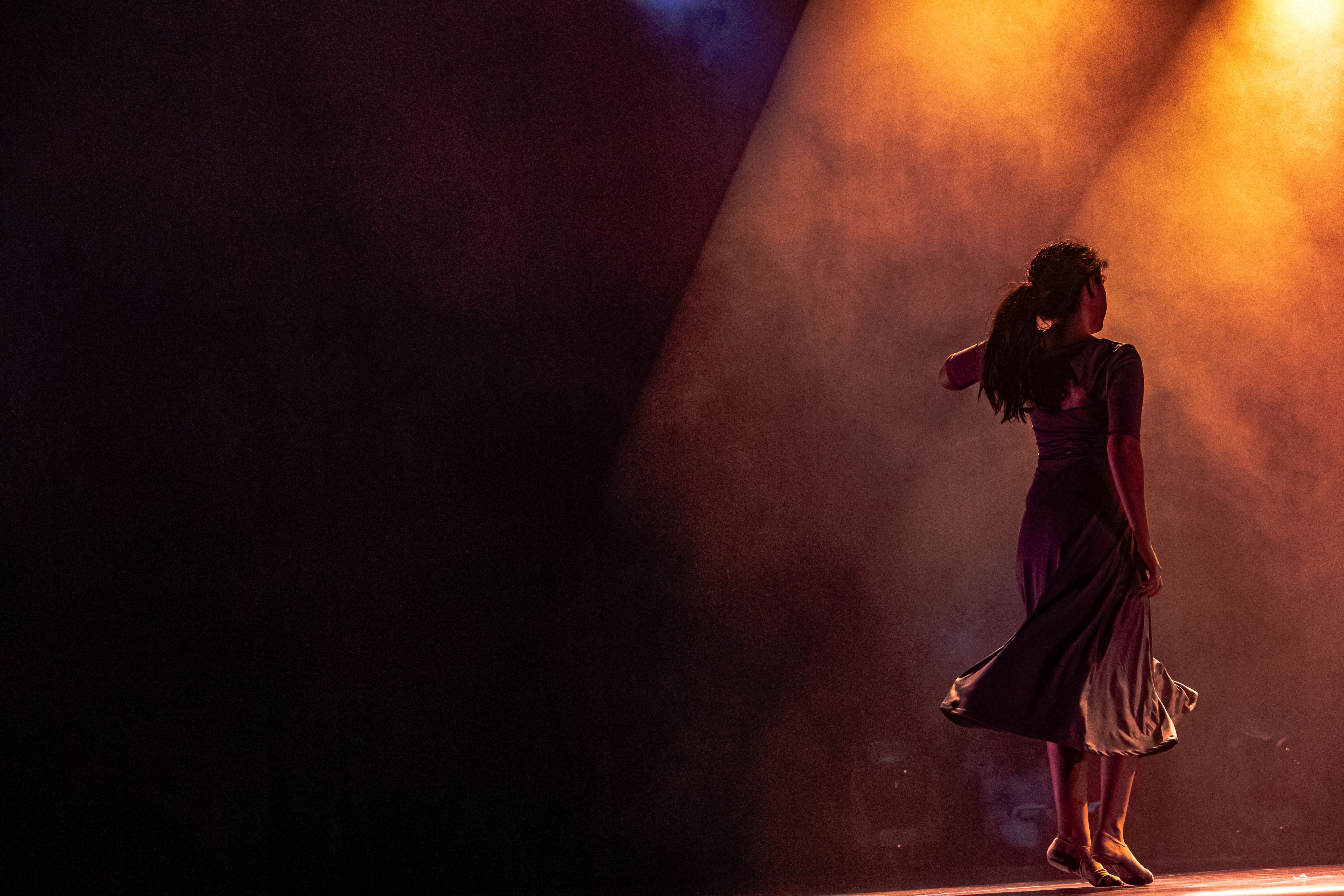
Overture
Every year, thousands of high school seniors across the United States (and a privileged few from countries across the globe) participate in what laymen could only describe as the closest possible experience to a human cattle-call: the musical theatre college audition process. From campus visits to testing to prescreens and the final audition, the process can cost thousands of dollars for an auditioner and their family, even without additional support such as coaching or a summer intensive program. While, of course, institutional and governmental financial aid is available, these are not resources that are available to all students during their process and education.
Playbill, a theatre magazine perhaps most famous for its iconic programs that are featured in many an Instagram story, releases an annual report of the top 10 colleges and universities represented on Broadway from the previous year. The messaging of the best theatre schools is reinforced each year around June when Playbill releases another article on where that year’s Tony Award-winning actors, directors, and designers went to college. Many high school students hoping to make it in the business start their college search here- but what is the true cost of a musical theatre degree from one of these institutions?
For this analysis, I've taken Playbill's top 10 list from the most recent season, swapped out Yale as it is a graduate program for Elon University, one of the honorable mention schools, and taken the schools through some evaluation like an applicant would. How much do they cost? Are their alumni winning Tony Awards? But the question that I'm asking that some have been afraid to is...
What role is this process playing in enforcing systemic bias?
Why am I telling you about this?
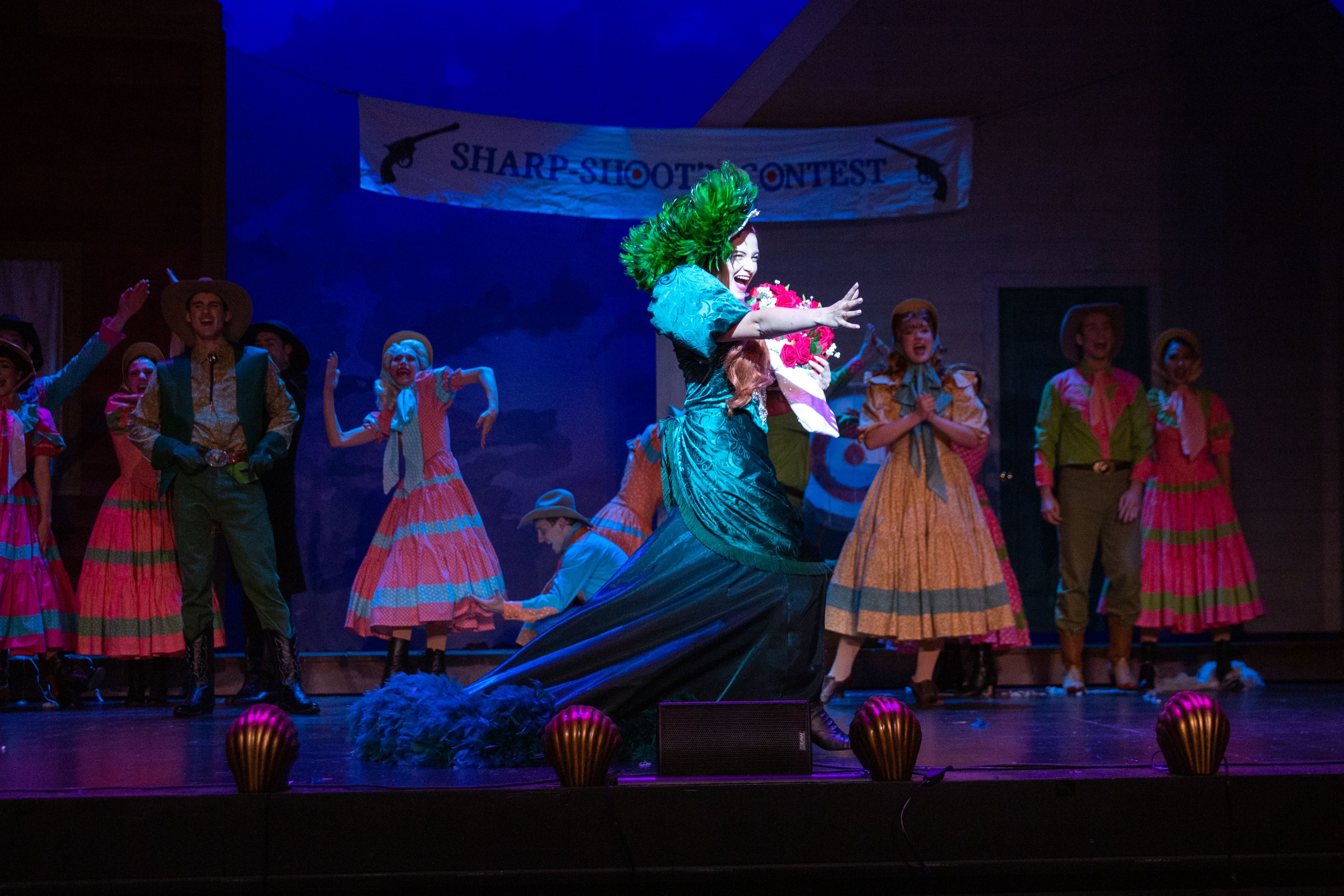
Photo by John Altdorfer. Point Park University's Fall 2021 production of Curtains, directed by Justin Lucero
Photo by John Altdorfer. Point Park University's Fall 2021 production of Curtains, directed by Justin Lucero
Well, long story short, the woman front and centre (in the big green hat) is me. I went through the college audition process myself in 2017-2018, and even though I am not actively pursuing performance right now, I remember the college audition process so vividly. My theatre education shaped the arts manager I am now, and a career in performance is not the only successful outcome of a BFA. I'm very passionate about increasing access to the arts, and a big part of that access is opening pathways to education. Without the resources I was fortunate enough to have, I would not be in this position.

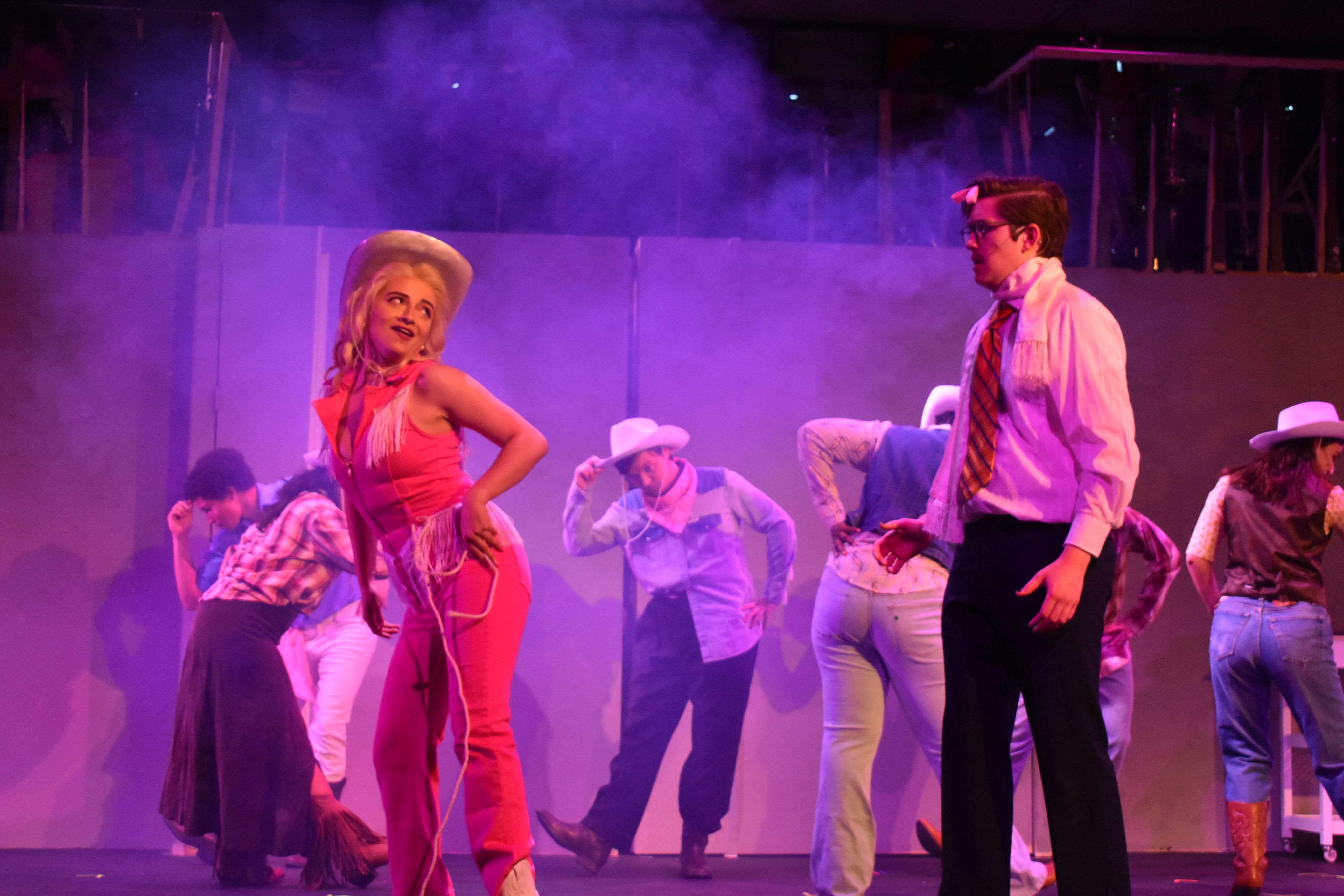
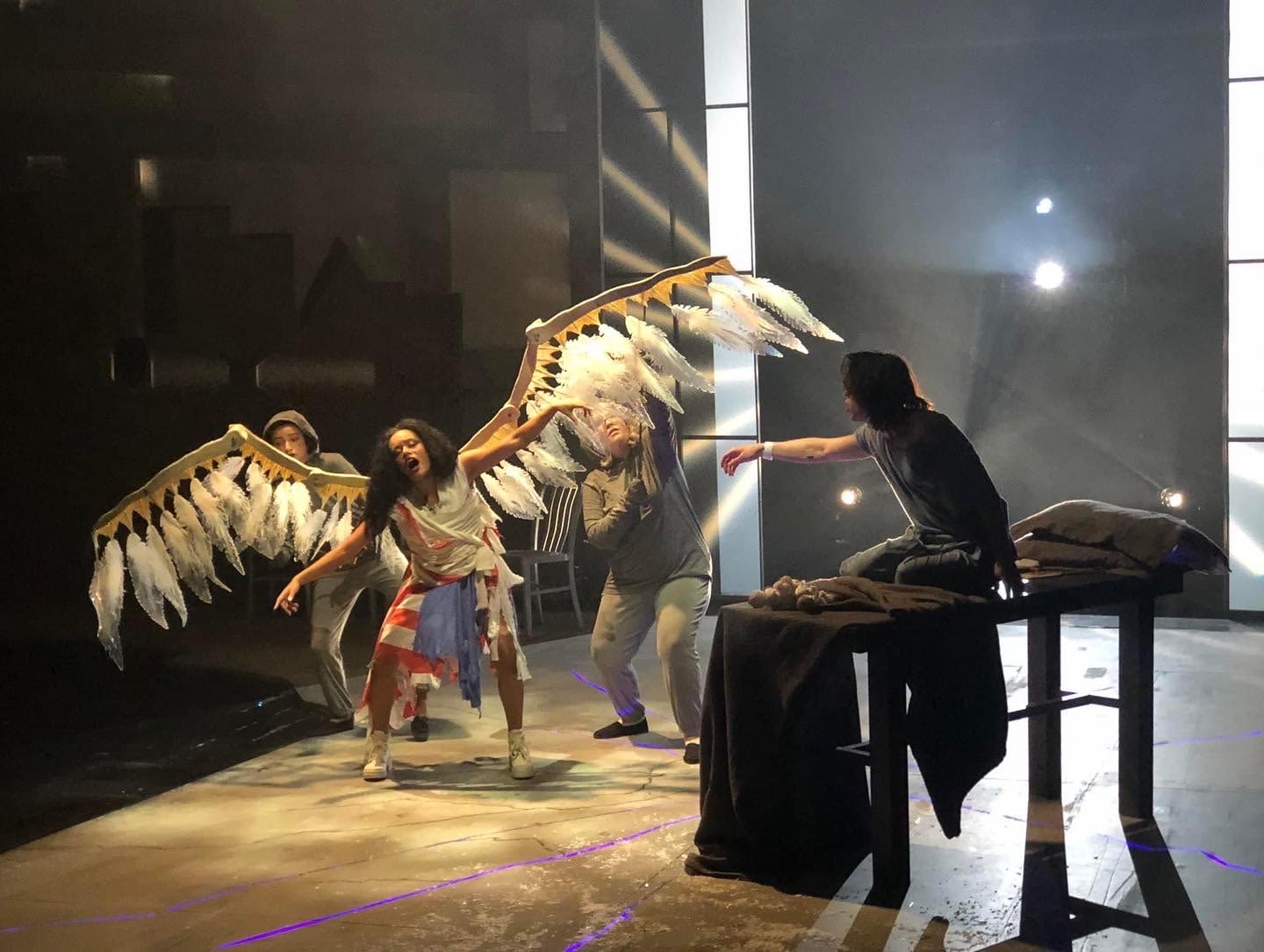

Photo by Kyr Brenneman
Photo by Kyr Brenneman

Photo by John Altdorfer, Point Park University's Spring 2022 production of Angels in America: Millennium Approaches directed by Kim Weild
Photo by John Altdorfer, Point Park University's Spring 2022 production of Angels in America: Millennium Approaches directed by Kim Weild
The Cost of Getting Seen
What costs are associated with the process?
Traditional college applications typically have two fees associated with them: an application fee for the institution and a fee to take a standardized test, such as the ACT or SAT. However, there is no true standard with the college audition process. Some of the leading theatre schools will charge double, or even triple, the cost of a traditional application to thousands of prospective students.
Besides the school's application fee, many schools charge an audition or prescreening fee. Many students choose to audition in-person, which incurs additional fees for travel and lodging. Specialized clothing/footwear is required for dance auditions, and some students choose to hire a coach to help them with their material.
A common way that students and their families try to mitigate these costs is by participating in Unified Auditions, where several schools are in one major city. While auditions like this can help reduce travel costs as a student can stay in one city and knock out several auditions over a few days, one can miss out on the experience of seeing the college's campus or surrounding area, meaning they may have to pay for a visit in the future should they be accepted.
Getting In and Staying
In 2018, Carnegie Mellon University's musical theatre program had a 0.5% acceptance rate.
That's more competitive than Harvard (3.4%), MIT (4%), and Yale (6%).
Musical theatre programs are known to be highly selective and competitive- but this selectivity appears to pay off. Of 25 Tony Award winners this season (not including producers), 40% were from one of the top 10 most represented schools, according to Playbill.
We can see that 3 of the top 10 schools in this study were represented by Tony winners this season. We can also compare these programs by cost for one year of tuition and applicable fees, such as on-campus housing and a meal plan. Almost all of the top programs are private schools, and the public (Michigan and CCM) tuition and fees were calculated for an out-of-state student. The average cost of these 10 schools was $69,210.10 per year. If a Tony Award-winning actor went to NYU, you could assume that their Tony Award could be worth up to $381,960.
The Ripple Effect on The Industry
“It is imperative that our artistic institutions actively recruit, mentor, support and resource Black and brown artists so that we may all experience a vibrant and visionary future on the other side of this period of ideological warfare.” - Mina Morita, artistic director of Crowded Fire Theater
Broadway is continuing to center White stories, and without access to high-quality theatre education, students will lose the opportunity to hone their craft and learn the skills to tell stories that are more representative of the global majority.
Affirmative action policies have led schools to adopt more inclusive and diverse curricula that reflect a wide range of theatrical traditions, styles, and voices. With the federal government banning affirmative action in June 2023, universities can no longer consider a student's race in their admissions decision.
The industry is becoming more homogenized than the United States, according to data from Actor's Equity and the US Census. Additionally, nearly 63% of dramatic arts degrees awarded in the U.S. are earned by White students. These figures are only bound to become more inequitable with these policies in place.
Shows as diverse as Hamilton could become a thing of the past.
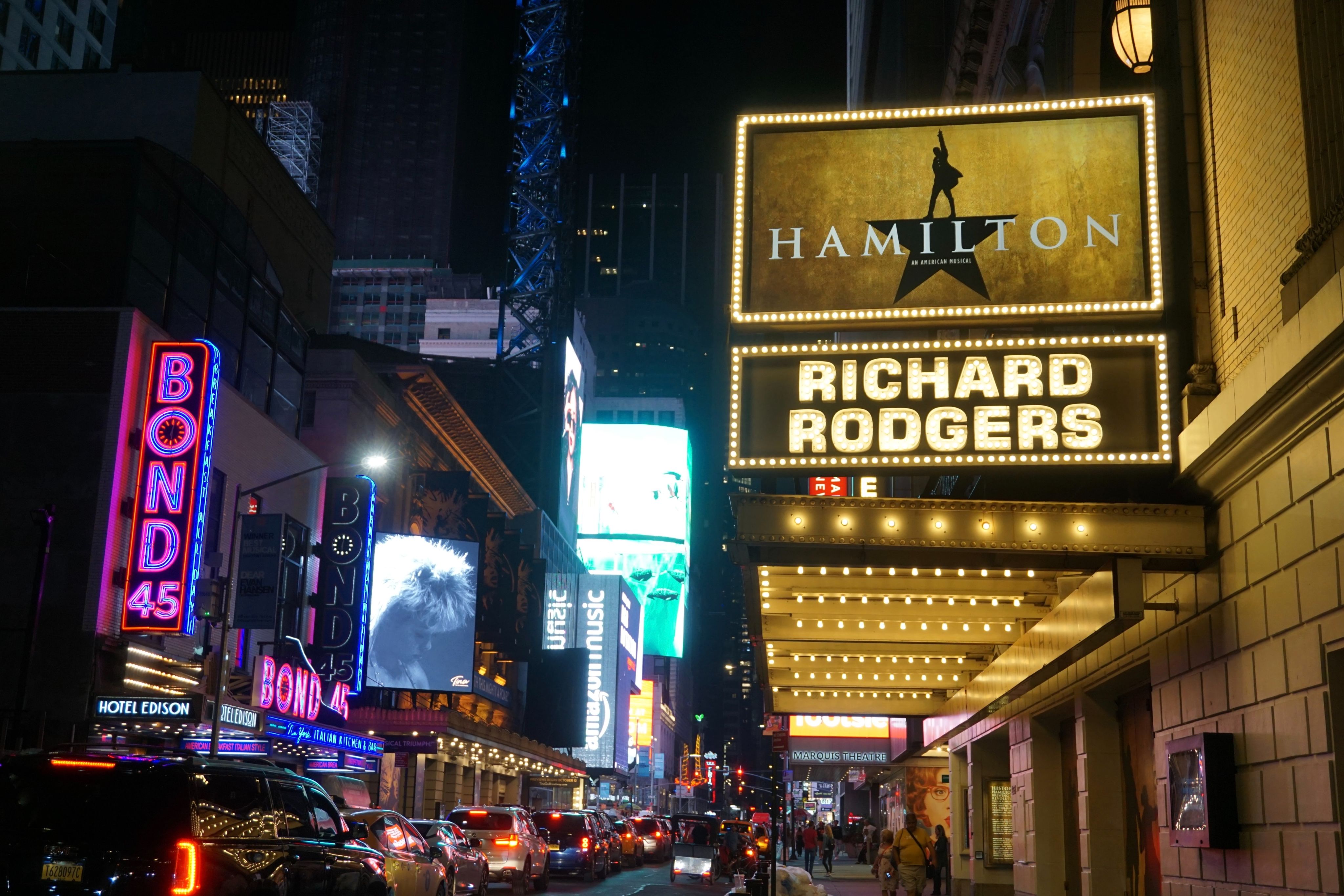
Photo by Sudan Ouyang on Unsplash
Photo by Sudan Ouyang on Unsplash
So, what happens now?
Individuals who are passionate about increasing access to a college education in the performing arts can donate to an organization like The Fund For College Auditions (TFCA). According to their mission statement, TFCA is a New York-based nonprofit that offers financial support and college guidance to acting and musical theatre students with limited resources who want to audition for post-high school training programs.
University administrators should consider recruitment and admission based on other race-neutral criteria to continue fostering a safe space for students of all backgrounds to share and craft their talents. By continuing to have diversity in the classroom, our next generation of performers will be equipped to take on the stories that need to be told.
Additional Information
Bibliography:
“2024 Hardest Colleges to Get Into.” Niche. Accessed October 10, 2023. https://www.niche.com/colleges/search/hardest-to-get-in/.
“Admissions Statistics.” Harvard College. Accessed October 10, 2023. https://college.harvard.edu/admissions/admissions-statistics.
Bhaskara, Vinay. “What the End of Affirmative Action Means for Colleges and Universities.” Forbes, June 30, 2023. https://www.forbes.com/sites/vinaybhaskara/2023/06/29/what-the-end-of-affirmative-action-means-for-colleges-and-universities/?sh=c28897417490.
Conley, Danee, Russell Lehrer, David Levy, Rachel Goldfarb, and Sidney Wegener. “Hiring Bias and Wage Gaps in 2021.” Actor’s Equity Association, 2023. https://cdn.actorsequity.org/docs/HiringBiasWageGaps2021.pdf.
Evanicki, Tim. “The (Less than) One Percent.” Dramatics Magazine Online, January 7, 2019. https://dramatics.org/the-less-than-one-percent/.
Gonzales, Matt. “What Happened When States Banned Affirmative Action?” Society for Human Resource Management, July 13, 2023. https://www.shrm.org/resourcesandtools/hr-topics/behavioral-competencies/global-and-cultural-effectiveness/pages/what-happened-when-states-banned-affirmative-action.aspx.
Higgins, Molly. “Schools of the Stars: See Where the 76th Annual Tony Award Winners Went to College.” Playbill, June 12, 2023. https://playbill.com/article/schools-of-the-stars-see-where-the-76th-annual-tony-award-winners-went-to-college.
Janiak, Lily. “Bay Area Artists on Affirmative Action: ‘When I Tell My Story, Race Matters.’” The San Francisco Chronicle, July 5, 2023. https://www.sfchronicle.com/entertainment/article/bay-area-artists-affirmative-action-race-matters-18178112.php.
Jones, Nicholas, Rachel Marks, Roberto Ramirez, and Merarys Rios-Vargas. “2020 Census Illuminates Racial and Ethnic Composition of the Country.” Census.gov, June 10, 2022. https://www.census.gov/library/stories/2021/08/improved-race-ethnicity-measures-reveal-united-states-population-much-more-multiracial.html. Originally published August 12, 2021.
Kerr, Emma, and Sarah Wood. “A Look at 20 Years of Tuition Costs at National Universities.” US News and World Report, September 22, 2023. https://www.usnews.com/education/best-colleges/paying-for-college/articles/see-20-years-of-tuition-growth-at-national-universities.
“THE VISIBILITY REPORT: RACIAL REPRESENTATION ON NEW YORK CITY STAGES- 2018-2019.” The Asian American Performers Action Coalition, 2021. http://www.aapacnyc.org/2018-2019.html.
Zamansky, Natan. “Big 10 2023: The 10 Most Represented Colleges on Broadway in the 2022-2023 Season.” Playbill, September 7, 2023. https://www.playbill.com/article/big-10-2023-the-10-most-represented-colleges-on-broadway-in-the-2022-2023-season.
Read more about my process (and get the sources for my tuition data) here.
